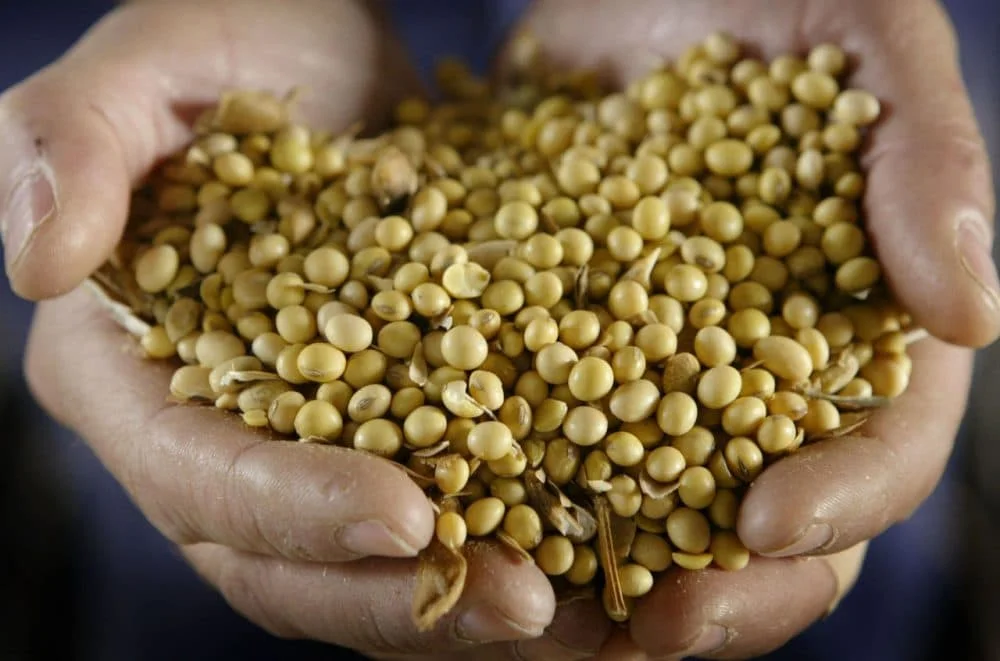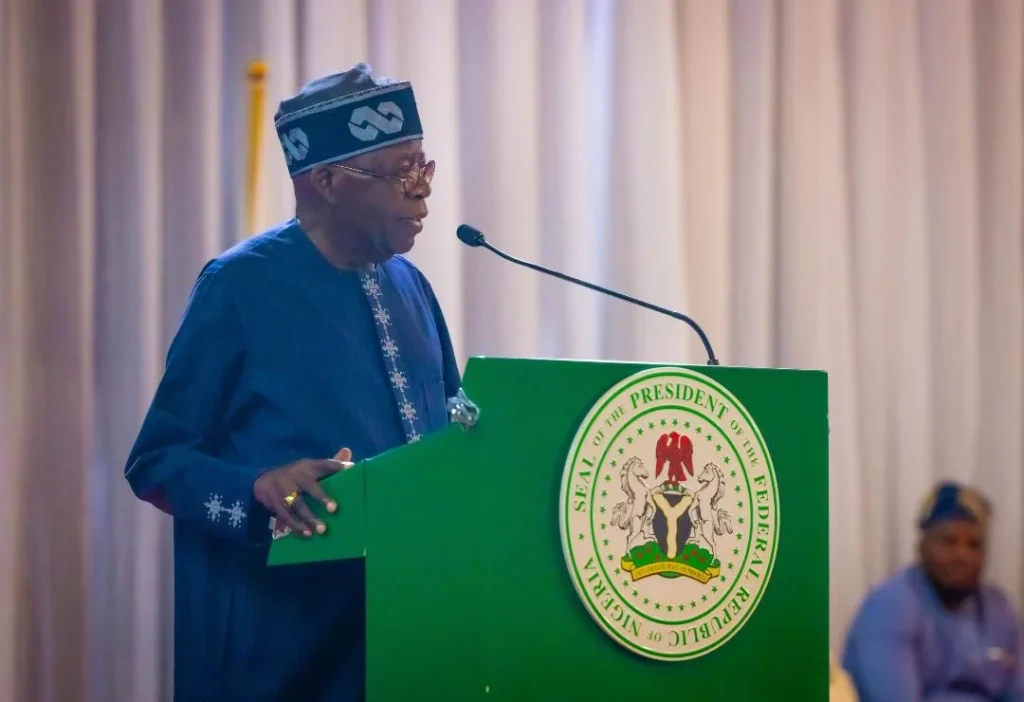As of September 30, 2024, Nigeria’s total public debt had increased to N142.3 trillion, marking a 5.97% rise (N8.02 trillion) from the N134.3 trillion recorded in June 2024. This rise is indicative of the growing pressure on Nigeria’s finances, exacerbated by the depreciation of the naira, which has significantly impacted the cost of external debt obligations.
Impact of Exchange Rate Depreciation on External Debt
The external debt in dollar terms saw a modest increase of 0.29%, from $42.90 billion in June to $43.03 billion in September. However, when converted to naira, external debt surged by 9.22%, rising from N63.07 trillion to N68.89 trillion. The depreciation of the naira—from N1,470.19/$ in June to N1,601.03/$ by September—has significantly increased the local currency cost of external debt, amplifying concerns about debt sustainability.
The Federal Government’s external debt accounted for $38.12 billion in September, up from $38.01 billion in June, while debts held by states and the Federal Capital Territory (FCT) rose slightly to $4.91 billion from $4.89 billion.
Domestic Debt and Growing Dependence on Local Borrowing
For domestic debt, the Federal Government’s obligations rose from N66.96 trillion in June to N69.22 trillion in September. This increase was primarily driven by the issuance of Federal Government bonds and promissory notes. On the other hand, the states and the FCT recorded a minor reduction in domestic debt, from N4.27 trillion to N4.21 trillion.
The overall picture of Nigeria’s total public debt shows a decline in dollar terms, from $91.35 billion in June to $88.89 billion in September. However, the burden in naira terms remains substantial, highlighting the country’s increasing reliance on domestic borrowing to meet fiscal obligations amid limited foreign borrowing options.
Analysis of Debt Instruments
An in-depth look at the debt instruments reveals that Federal Government bonds are the largest component of domestic debt, increasing by 4.47% to N54.65 trillion in September from N52.32 trillion in June. The naira depreciation was a significant factor in this increase, as it caused the cost of bonds to rise.
Meanwhile, Nigeria’s domestic debt in dollar terms decreased by 5.34%, falling from $48.45 billion in June to $45.87 billion in September. However, in naira terms, the domestic debt grew by 3.10%, rising from N71.22 trillion to N73.43 trillion. The issuance of domestic bonds in naira has accounted for most of this increase, although the introduction of a dollar-denominated bond worth N1.47 trillion in the domestic debt market also contributed to this rise.
Nigerian Treasury Bills, which are the second-largest component of domestic debt, saw a slight decline of 0.66%, falling from N11.81 trillion in June to N11.73 trillion in September. This reduction reflects efforts by the government to reduce short-term debt instruments, likely due to concerns about refinancing risks and rising interest rates.
Promissory Notes and Sukuk Bonds
Promissory notes, issued by the government to settle obligations such as contractor payments, grew by 5.80% to N1.77 trillion. This includes an increase in foreign-denominated promissory notes, reflecting adjustments due to currency fluctuations.
FGN Sukuk bonds, used primarily for infrastructure funding, decreased by 9.14%, falling to N992.56 billion from N1.09 trillion. Meanwhile, FGN Savings Bonds increased by 16.11%, reflecting growing retail investor participation. Despite the increase, the Green Bond component remained unchanged at N15 billion, maintaining its minimal contribution to the overall domestic debt stock.
Concerns About Debt Sustainability and Economic Risks
The sharp increase in domestic debt highlights the Federal Government’s growing dependence on local markets to finance its budget deficit, particularly given the limited foreign exchange reserves. However, economic analysts have raised concerns about the sustainability of rising debt levels, especially as debt servicing consumes a large portion of government revenue.
Dr. Muda Yusuf, CEO of the Centre for the Promotion of Public Enterprises, warned that Nigeria might face a debt trap, with the growing debt burden potentially leading to macroeconomic challenges. He emphasized the need for the government to reduce its exposure to foreign debt due to the growing impact of exchange rate fluctuations.
External Debt Composition and Trends
An analysis of Nigeria’s external debt of $43.03 billion by the end of September 2024 shows a stable external debt profile, with minor fluctuations in multilateral and bilateral obligations. Multilateral debt rose by 0.67%, from $21.62 billion in June to $21.77 billion in September, with the World Bank’s International Development Association contributing significantly to this increase.
Bilateral loans, which include loans from countries such as China, fell slightly by 1.33%, dropping from $5.89 billion to $5.81 billion. Despite a slight reduction in loans from China, other bilateral obligations remained relatively stable.
Commercial loans, primarily Eurobonds, remained unchanged at $15.12 billion, while syndicated loans and obligations to Deutsche Bank saw minimal fluctuations. The Federal Government has also sought to mitigate fiscal constraints by raising $2.2 billion through a Eurobond auction in December 2023, marking Nigeria’s return to the international capital markets after a hiatus since 2022.
Government’s Strategy for Economic Growth and Revenue Generation
In response to the rising debt burden, the Federal Government has reiterated its commitment to aggressive revenue generation to fund critical infrastructure and drive economic growth. Abubakar Bagudu, the Minister of Budget and Economic Planning, emphasized the need for sustained economic reforms under President Bola Tinubu’s leadership.
Bagudu highlighted the positive impact of the Renewed Hope Agenda, including Nigeria’s GDP growth of over 3% for three consecutive quarters, contrasting it with lower growth rates in some industrialized nations. He also mentioned the significant reduction in the fiscal deficit, which decreased from over 6.1% in 2023 to less than 4% in 2024.
As part of the administration’s strategy, Bagudu emphasized the need to ramp up crude oil production and unlock the potential of sectors such as petroleum, solid minerals, and the creative industries to boost national income. He also called for the National Assembly to pass key tax reform bills to achieve the government’s target of 18% revenue-to-GDP.
Conclusion: Addressing Debt Challenges for Sustainable Growth
Nigeria’s growing debt profile, particularly in naira terms, raises significant concerns about the country’s fiscal sustainability. While the government’s efforts to diversify debt instruments and focus on local markets for financing have yielded some success, the reliance on domestic borrowing and the growing impact of exchange rate volatility remain critical challenges.
The government’s focus on revenue generation, infrastructure development, and economic reforms is essential to address the fiscal challenges and create a more sustainable financial future. However, careful management of debt and a balanced approach to borrowing, along with enhanced transparency and accountability, will be crucial to ensuring that Nigeria can navigate these challenges and achieve long-term economic growth.













